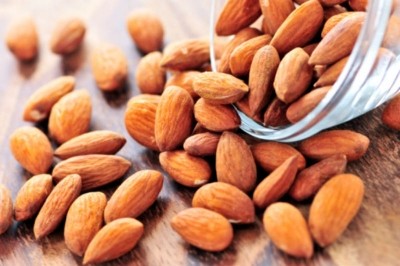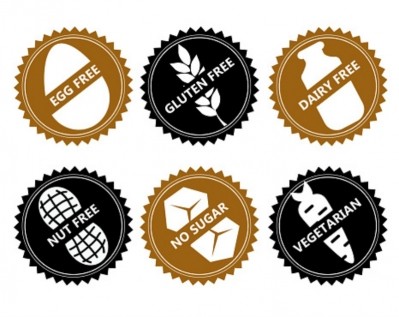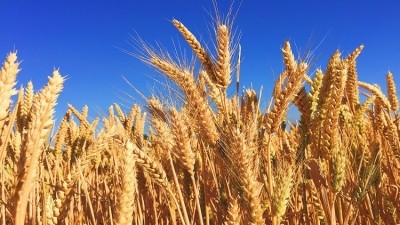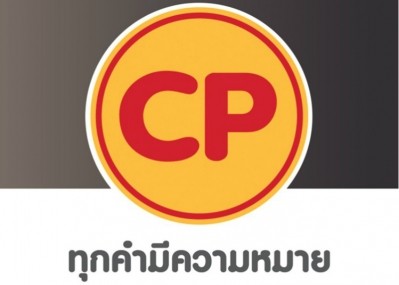Safety First: Food contamination rules, allergens and Japan allergen-free collaborations feature in this edition of our food safety round-up
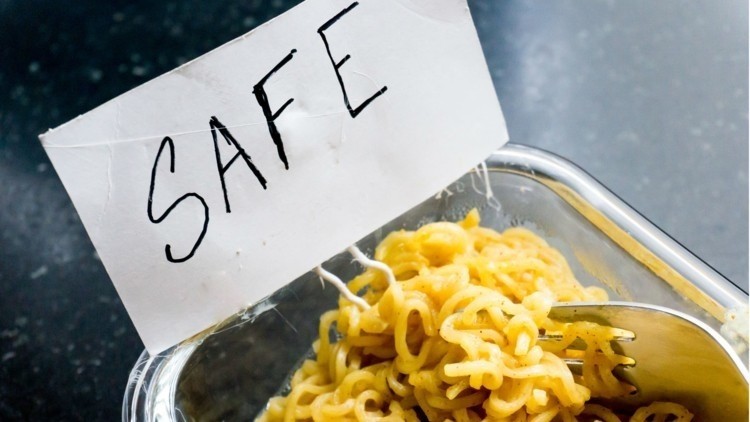
Food contamination on par with ‘treason’: New Zealand food industry backs bill demanding harsher punishment for saboteurs
The bill is being proposed by the National Party’s food safety spokesperson Nathan Guy.
“My Member’s Bill seeks to achieve what Damien O’Connor appears unwilling to do – protect New Zealanders from those that would threaten our food safety, be they reckless pranksters or people intent on nothing less than economic sabotage,” said Guy via an official press release.
“Recent events here in New Zealand and across the Tasman, such as the strawberry needle scares, have identified the need for greater sanctions to prevent these sorts of idiotic behaviours. The food and grocery sector has been ignored in its calls for tougher laws.
Poorly understood allergy: Academics highlight FPIES triggers, including rice and milk
Australian academics have drawn attention to a 'poorly understood' food allergy — Food Protein-Induced Enterocolitis Syndrome (FPIES), which is often misdiagnosed in infants as sepsis or gastroenteritis.
The most common food triggers for FPIES are rice, cow’s milk, egg, oats and chicken.
FPIES typically presents between one and four hours after ingestion of the trigger food, with symptoms including profuse vomiting, pallor and lethargy. Other features can include hypotension, hypothermia, diarrhoea, neutrophilia and thrombocytosis.
Co-authors of a new narrative review, Dr Sam Mehr, a paediatric immunologist and allergist at Royal Melbourne Hospital, and Professor Dianne Campbell, Chair of Paediatric Allergy and Clinical Immunology at the University of Sydney, and Children’s Hospital, Westmead, noted: “Diagnosis is often hampered by the lack of awareness of FPIES, absence of reliable biomarkers, the non-specific nature of the presenting symptoms, and the delay between allergen exposure and symptoms.”
Allergen information concern: Half of all adverse reactions occur in products without warning labels
More than half of all cases of anaphylaxis or food allergy reactions featured in a new study occurred after the consumption of products that failed to contain any allergen warning labels, according to researchers at the University of Melbourne.
“Over 50% of anaphylaxis self-reports were related to product labels not containing any warning for the likely trigger allergen (whether it be a general precautionary allergen labelling (PAL), or PAL for the specific trigger food),” lead author Giovanni Zurzolo told FoodNavigator-Asia.
“[This is] of concern, as the food allergic consumer would consider these products safe for consumption.”
Allergen-free collaboration: Four Japanese food firms cook up recipe initiative
Four Japanese food firms, Nippon Ham, House Foods, Otafuku, and Nagatanien, have partnered to launch allergen-free food recipes, the first collaboration of such in the food industry.
The recipes do not include core food allergens such as egg, milk, peanuts, shrimp, crab, buckwheat, and wheat. Under Japan’s Food Labelling act, it is also mandatory to state the presence of any of these seven allergens in food products.
For a start, the collaboration has launched six allergen-free recipes, including fried curry bread, petit pizza, rice ball, salad and mayonnaise dip, pancake made with rice flour, and ham bread, which are available on the respective companies’ website.
These recipes feature products from the four companies, such as non-egg mayonnaise from Otafuku, curry from House Foods, ham from Nippon Ham, and A-Label salmon furikake from Nagatanien.
No more chocolate, soft drinks, or fries: UAE bans nine 'unhealthy' foods in school canteens
Last week, the UAE Ministry of Education published a list of food items that are no longer allowed for sale in schools, including chocolate, soft drinks and fries. Students were also told to refrain from bringing those items to schools.
Aimed at helping students adopt a healthy diet, the policy will be administered across all seven emirates.
The banned items include hot dogs and processed meats, instant noodles, chocolate bars (with and without nuts), chocolate spreads, sweets (including lollipops and jelly), peanut products, potato and corn chips, carbonated drinks, including energy drinks, flavoured water, juice, iced tea, slushies, and eskimo drinks as well as cream cakes and doughnuts.
